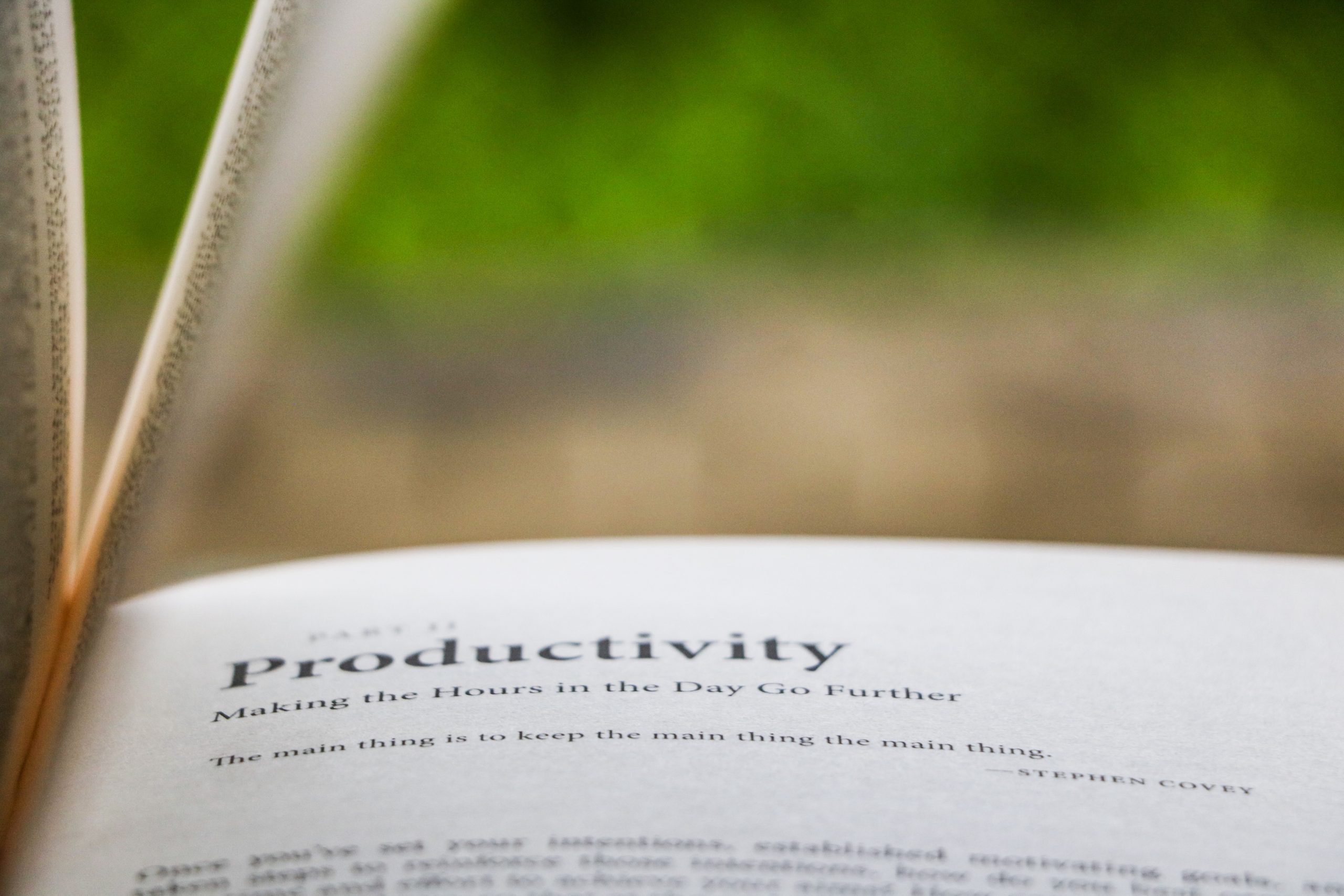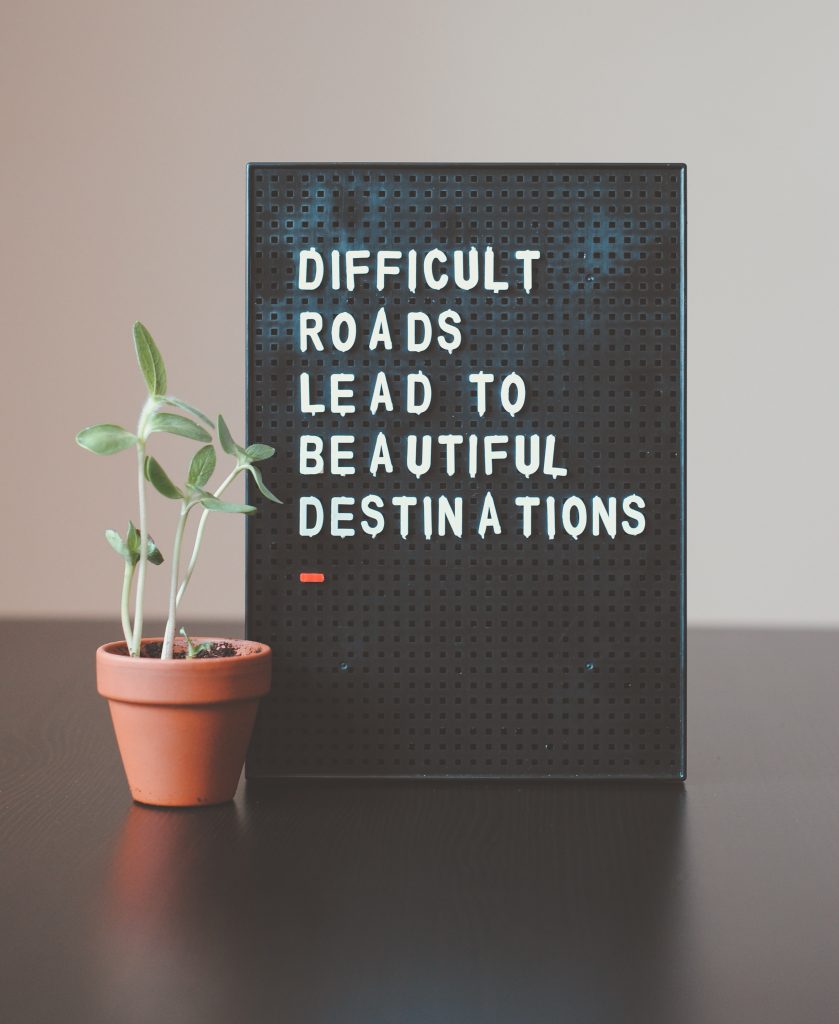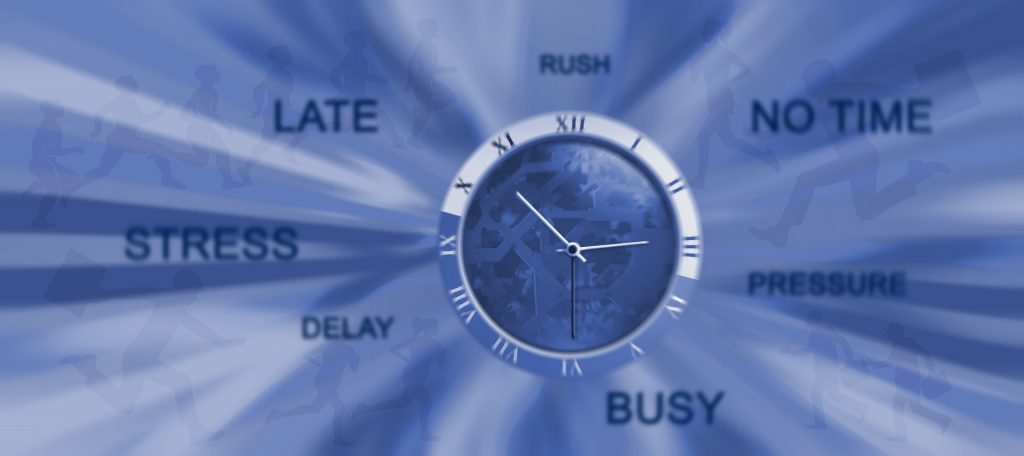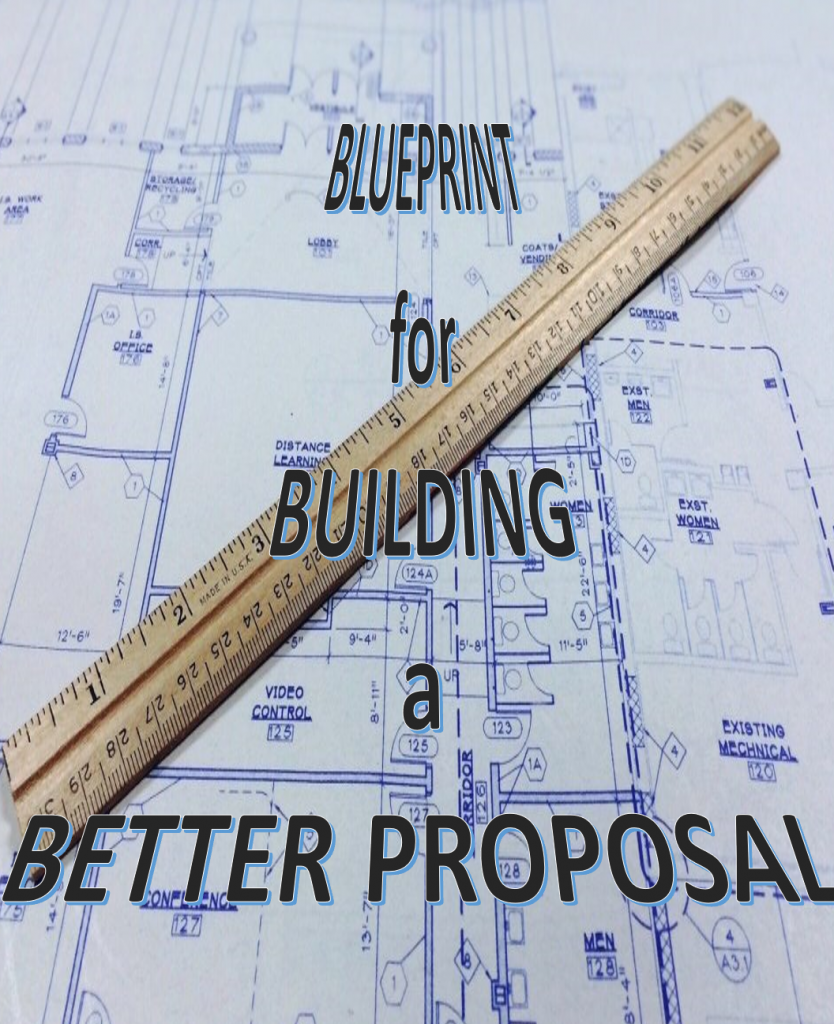The Strength of These Two Things Together Can Increase Your Productivity
As business owners, entrepreneurs, hardworking employees of companies, and active people, we find ourselves busier than ever during this time of the year. As we approach the end of one year and begin preparing for next, there just isn’t enough time to get everything done. Add to this the Holiday season and everything that goes with this…it can get overwhelming.

As busy people we struggle trying to get everything done. The thing we need to remember is…
We don’t have to get EVERYTHING done.
Instead, we should prioritize our actions and focus on the first next thing. What is the most important thing currently on the list? At the same time we need to remember there is a limited amount of time available.
Recently I had a day that made the importance of a calendar and the limits of time very clear.
I typically have my calendar packed tight. Some of you have seen my calendar and know what I’m talking about. On this particular day, I had no meetings or events scheduled. I was lazy about putting things on the calendar.
As always, I had a long list of things to do. More than I could ever get done. The problem with not having things scheduled on the calendar is…the importance of time available is lost. At the end of that day, I was disappointed in how little I got done. I should have put things on the calendar.
This is why it’s important to use a list and a calendar together.
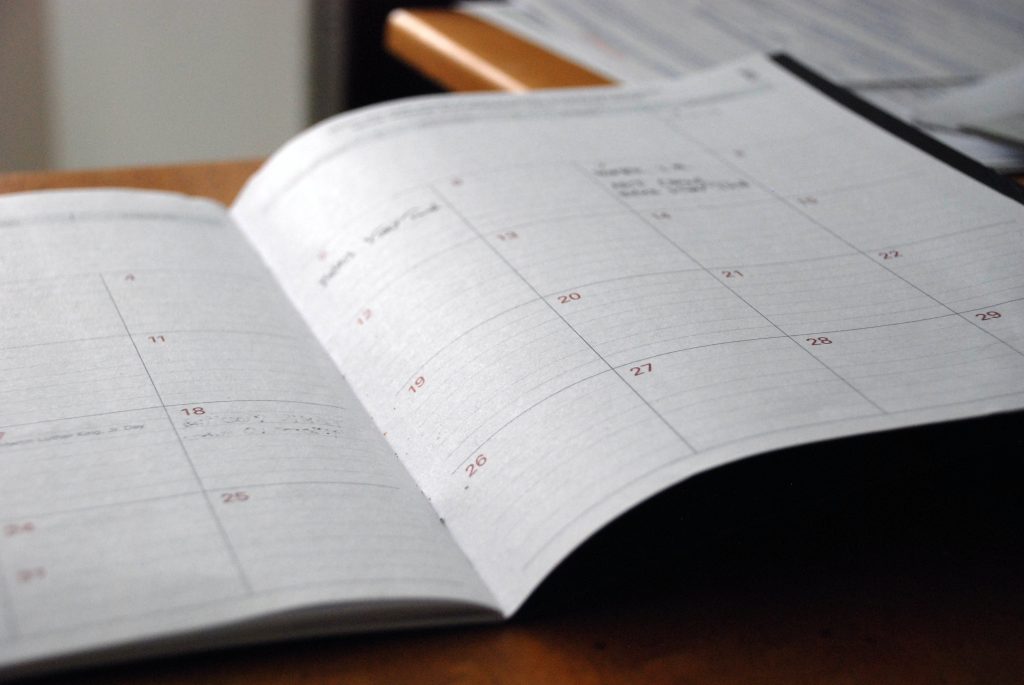
A calendar is a visual view of the time available. As you put things on the calendar, the day, the week(s) and the future begin to fill up. It’s a gauge for what you can get done. It isn’t an exact science; you already know that some things are going to take longer than you plan for.
Seeing this limited amount of time packed to the point of running over amps up the sense of urgency. This increased urgency improves productivity. It’s a black and white way to see the limited time available, a list of things to do doesn’t show you this.
A calendar is a great way to measure the time you have to do the things on the list.

The purpose of lists is to keep track of things that need to be done. We all have lists of things to do, whether it’s in our head, on paper or electronic. I use OneNote for my lists because of its simplicity, connect-ability, flexibility and options available.
The thing that I like about my OneNote list is that it improves my ability to keep track of the things on the list and allows me to easily move things around and add or remove as things change. And we all know that things never change. 😊
A list is a great way for prioritizing things that need done first and keeping track of the rest.
A calendar is a time focused tool. The “to do list” is just what it says…a list of things to do. These are two different tools, with different purposes and abilities that work well together.
Most of us business owners, entrepreneurs, hardworking employees of companies, and active people want to be more productive. Using these two tools to support each other is a good place to start.


